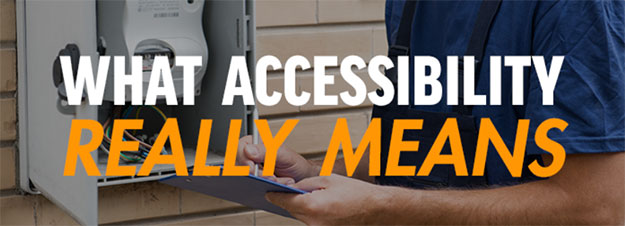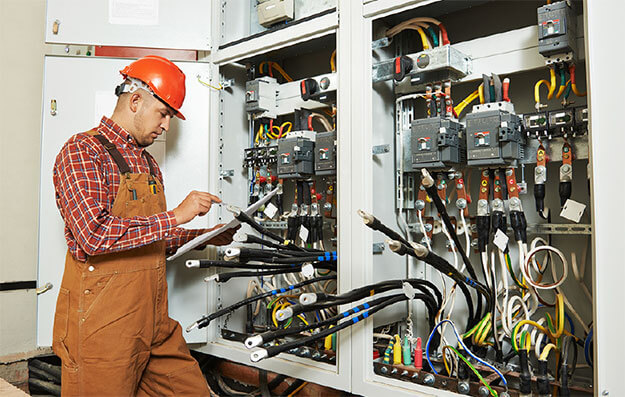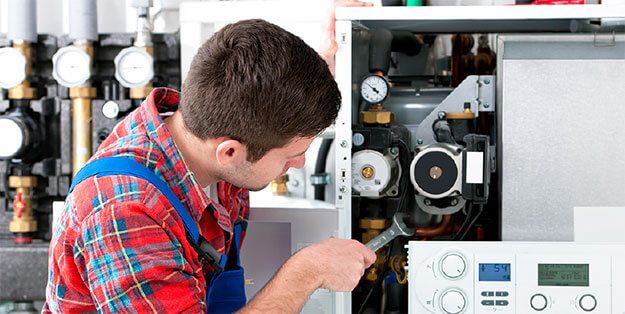
Every door is designed to grant access from one space to another. Whether a door slides, swings, revolves or lifts, this basic function remains the same. However, only access doors are defined by their ability to make certain spaces more accessible. This distinction is important, because it illustrates one of the most fundamental rules of architecture: that “accessibility” is mandatory but highly subjective, and some spaces must meet higher accessibility standards than others.
Many features distinguish access doors from other doors, including the size and nature of the spaces they protect. However, they belong to a separate category of doors because they meet very specific standards of accessibility. Access doors often grant access to small, infrequently used spaces, and their designs reflect the ways in which these spaces are used. If you want to choose the right access door for any given space, you must first understand how and why accessibility is such an important concern.
Accessibility is an architectural standard that varies from one space to the next, but it’s always important because it serves critical building functions.

Curb appeal and interior design are valuable aspects of modern architecture, but ultimately modern buildings depend on behind-the-scenes components to function. In order to equip indoor spaces with electricity, lighting, air conditioning, ventilation, plumbing, and other important technology, you must install a variety of components behind the walls and ceilings. These components stay largely out of sight after construction is complete, but they must remain accessible for maintenance purposes.
Wires, ducts, pipes, and other components are responsible for providing power and water on a daily basis, and when something goes wrong, troubleshooting isn’t possible unless these components are accessible by a building’s owner or maintenance workers. For example, if a pipe leaks, you must be able to access your water valves and turn off the flow to prevent flooding and diagnose the problem. If your power outlets stop providing electricity to one room, you need to locate the switches or wires that lead to that particular space.
Access doors ensure that these important elements are accessible when necessary. However, they also include locking and latching mechanisms that meet another important accessibility criteria: preventing hazards.

Many access doors are designed to blend into the surfaces in which they’re installed. Because they aren’t used on a regular basis, protruding knobs and hinges would interrupt the flow of foot traffic and cause unnecessary interruptions in a building’s design. However, this feature isn’t purely for aesthetic purposes. If an access door leads to electrical components, security systems, safes, pipes, or any other important feature, only authorized individuals should be able to open it. By including locks, keypads, and other security measures in your access doors, you increase the overall safety of your building and prevent unnecessary risks.
Of course, sometimes a lack of accessibility leads to the exact opposite. Electrical components come with special safety requirements because they have the potential to start devastating fires. If you cannot reach faulty wires, you may not be able to prevent or contain a fire. Interior and exterior spaces must also remain accessible at all times. Permanent installations such as doors and windows, as well as temporary additions such as heavy furniture, should never become obstacles that trap people inside burning buildings.
In 2014, the National Fire Protection Association (NFPA) amended the National Electrical Code to clarify the difference between “accessible” and “readily accessible”. According to the new standards, readily accessible spaces are “capable of being reached quickly” without the need for a tool or obstacle removal. Fuse boxes are “accessible” if they require keys to open, but other spaces must be readily accessible for safety reasons.
In order to build a structure that is truly accessible, it’s important to include access doors in the design. Access doors provide much more than a way to reach building elements, they ensure effective building maintenance, safety standards, and overall accommodation. Attention to accessibility will make your building a better and safer place to be.